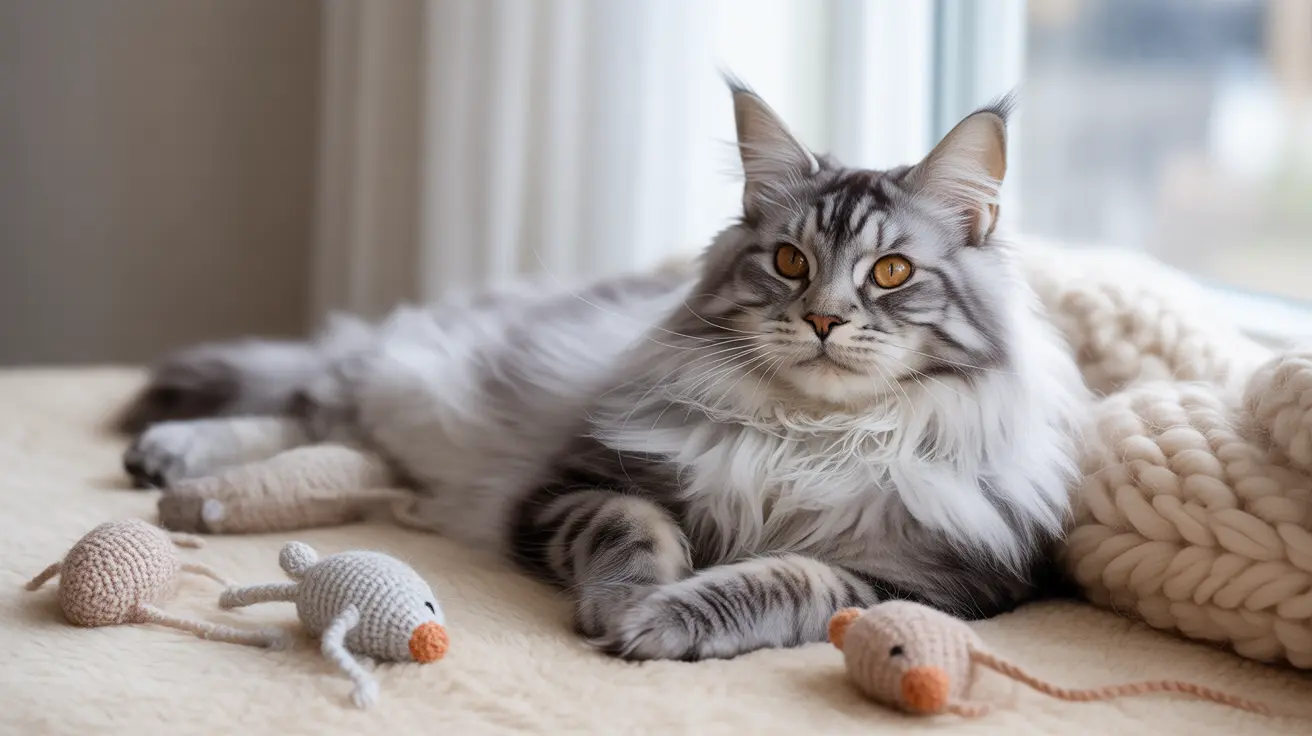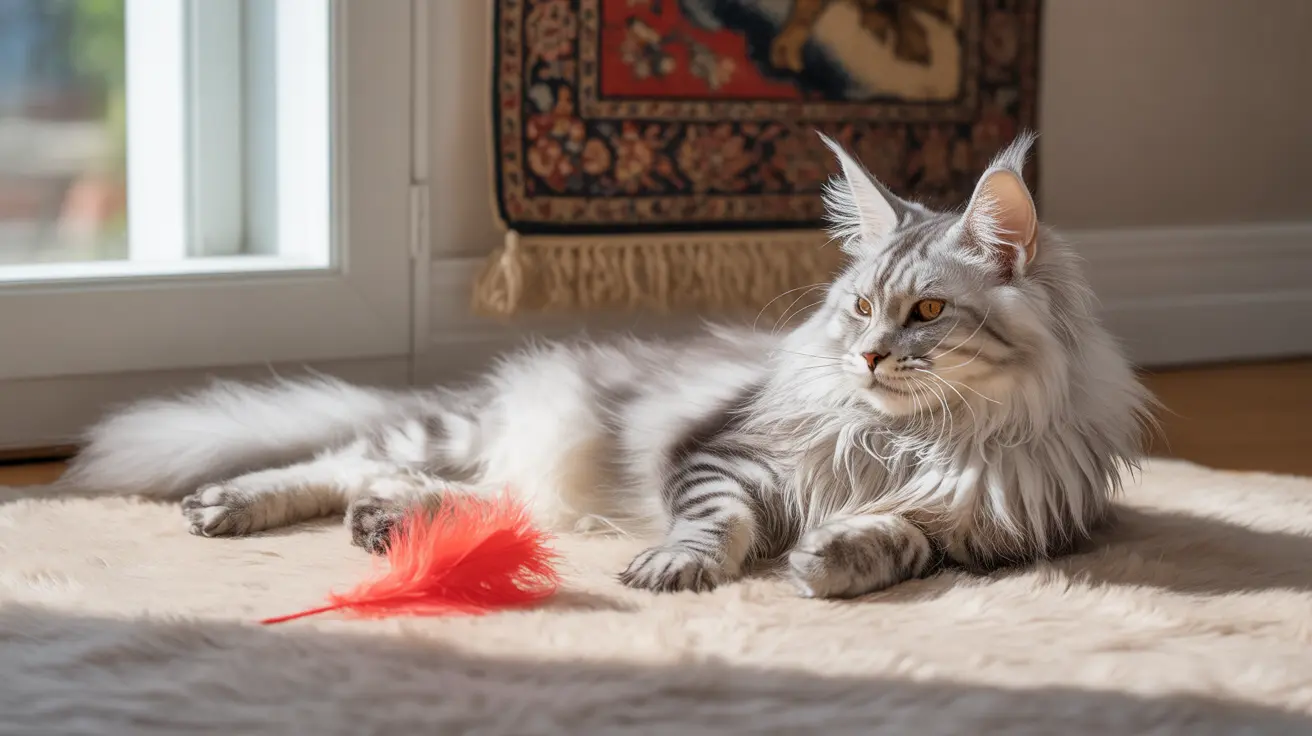Understanding Brindle Dog Breeds
When you spot a dog with a striking, tiger-like pattern on its fur, you're likely looking at a brindle coat. This beautiful coloration isn't tied to just one breed—it's a genetic trait that pops up in several popular dogs. Let's explore what brindle means and which breeds commonly sport this dramatic look.
What Does 'Brindle' Mean?
The term brindle describes a coat pattern rather than a specific color. It's marked by irregular streaks or stripes of color, often blending shades of brown, black, gray, or even red. Think of it as nature's own camouflage: the stripes can be subtle or bold, sometimes making the dog look almost wild.
- Brindle is not a breed—it's a pattern.
- The base color is often lighter (tan or fawn), with darker stripes layered on top.
- The intensity and visibility of brindling can vary widely from one dog to another.
How Does Brindling Occur?
This pattern comes from genetics. A specific gene (the K locus) controls whether a dog's coat will show brindle striping. If both parents carry the gene, their puppies have a good chance of being brindled too. That said, not every puppy in a litter will necessarily inherit the look—even if both parents are brindle themselves.
Popular Brindle Dog Breeds
Many breeds can display this eye-catching pattern. Some are famous for it; others only occasionally produce brindle puppies. Here are some well-known examples:
- Boxer: Boxers frequently come in brindle, with dark stripes over fawn coats.
- Greyhound: Both racing and retired greyhounds often have sleek brindle coats.
- Mastiff: English Mastiffs and Bullmastiffs can show strong brindling.
- Staffordshire Bull Terrier: This breed is known for its variety of colors, including classic brindle.
- Dutch Shepherd: The breed standard actually requires a brindle coat!
You might also see brindling in French Bulldogs, Boston Terriers, Akitas, Great Danes, Whippets, and even some Corgis and Dachshunds—though it's less common there.
The Appeal of Brindle Dogs
A brindle dog stands out in any crowd. The swirling lines and unique markings give each animal an individual look—no two are ever exactly alike! For many owners, that's part of the charm: their pet's coat is truly one-of-a-kind.
- The pattern can help disguise dirt or shedding between baths (a nice perk for busy owners).
- The wild look appeals to people who want something different from typical solid or spotted coats.
Caring for Brindle Coats
Caring for a brindle dog's fur isn't much different than caring for any other coat type. Regular brushing helps keep their hair healthy and reduces shedding around your home. Since the stripes don't affect texture or thickness, grooming needs depend on the breed rather than the color pattern itself.
- Bathe as needed based on activity level and breed standards.
- Brush weekly (or more often if your dog has long hair).
If your dog spends lots of time outdoors—or loves rolling in muddy patches—the lighter parts of their coat may show dirt more easily. A quick wipe-down after walks can help keep them looking sharp!
A Note on Health
The brindle gene doesn't impact health or temperament directly; it's simply an aesthetic trait. However, always choose reputable breeders who prioritize overall health over appearance alone when seeking out any specific color or pattern in dogs.
A Few Fun Facts About Brindle Dogs
- No two brindles are exactly alike—the patterns are as unique as fingerprints!
- The word 'brindle' comes from an old term meaning 'marked with streaks.'
Should You Choose a Brindle Dog?
If you love distinctive looks and want a pup that turns heads at the park, a brindle-coated companion might be perfect for you. Just remember: while their coats are gorgeous, it's personality and fit with your lifestyle that matter most when choosing your next furry friend!





